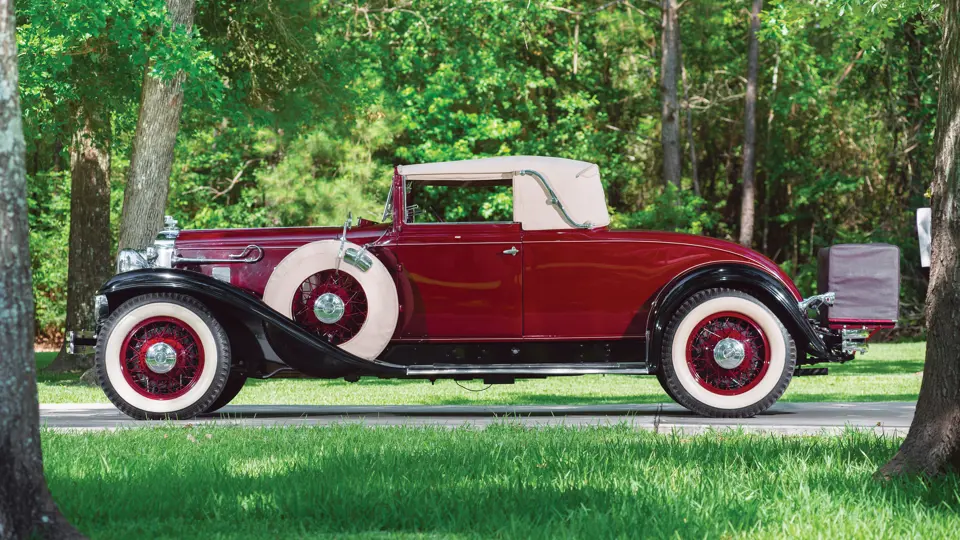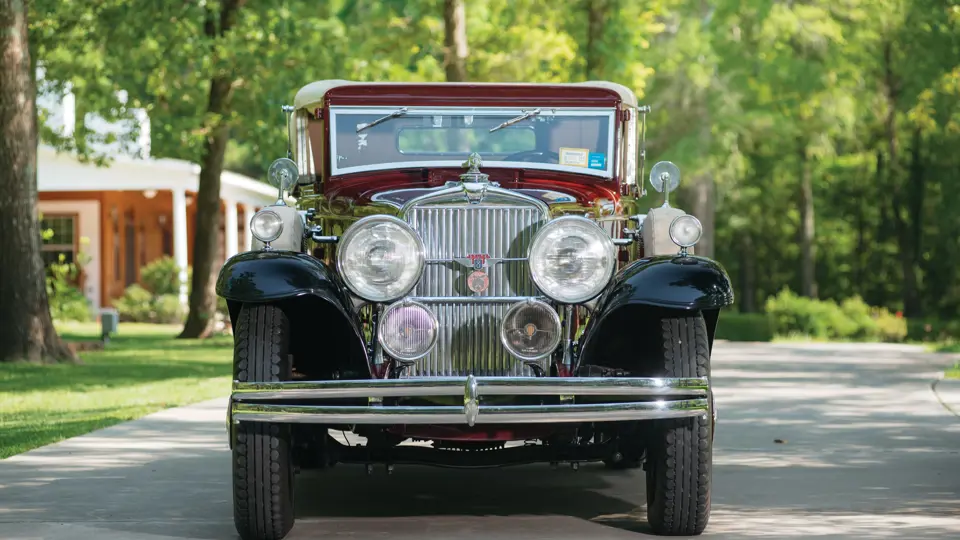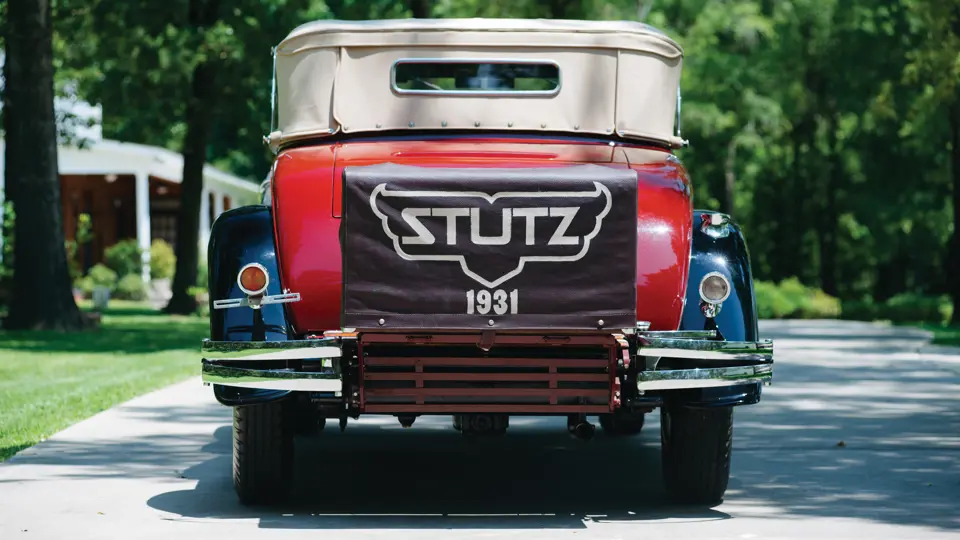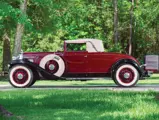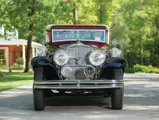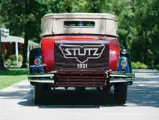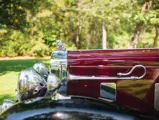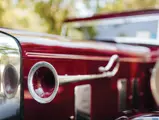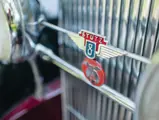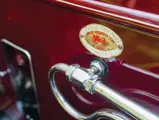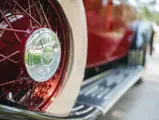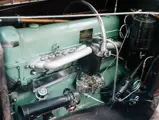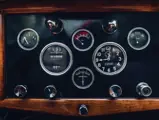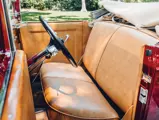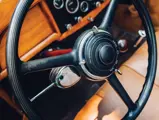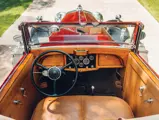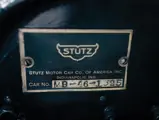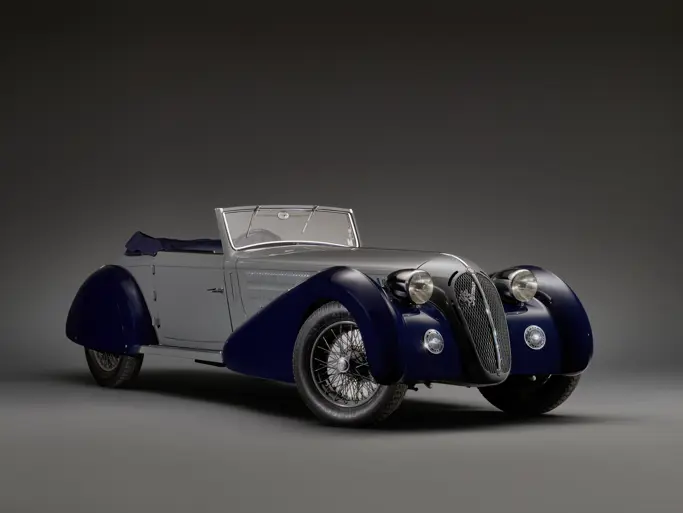113 bhp, 322 cu. in. SOHC inline eight-cylinder engine, three-speed manual transmission, solid axle front suspension with semi-elliptical leaf springs, live rear axle, and four-wheel hydraulic servo-assisted drum brakes. Wheelbase: 145 in.
The Stutz straight-eight designed by Swiss-born Charles Greuter was indeed unusual for the industry, as it was a nine main-bearing, overhead-cam unit that had two spark plugs per cylinder, and it was able to displace 287 cubic inches while developing 92 horsepower at 3,200 rpm. The chassis featured Bijur central lubrication, four-wheel hydraulic brakes, and an underslung worm drive that significantly lowered the chassis but allowed for bodies being rakishly lower than the norm. Wire-reinforced glass was used in the windscreen, giving credence to the “Safety” designation.
Stutz built some of its finest cars during the Great Depression. Lacking the financial resources to offer the multi-cylinder engines of its competitors, Stutz responded with the 156-horsepower, eight-cylinder DV-32: a technical “tour de force” that featured twin overhead camshafts, four valves per cylinder, and hemispherical combustion chambers, along with a whopping 300 foot-pounds of torque. The DV-32, which was once again designed by chief engineer Greuter, was shown in chassis form at the New York Automobile Show in late December 1930. When introduced mid-year, the 113-horsepower Stutz vertical-eight, with which the DV-32 shared its chassis, was renamed the SV-16.
Former owner Mendal Evans first restored this particular car and afterwards received an AACA First Junior in Hagerstown, Maryland, in 1970 and then an AACA Senior Award in Stone Mountain, Georgia. According to an article in the September/October 1971 CCCA Michigan Region Torque, Evans did research on the car and found out that it was entered in a concours d’elegance in 1952, and the following year, it placed 1st in a grand prix road race at Watkins Glen, where it was timed at 93 mph!
Though Stutz records are inconclusive, according to a marque expert, the late-Ray Katzell, between 310 and 537 Stutzes were produced for the 1931 model year. This example is thought to be one of only three extant 1931 Stutz SV-16s, and it is equipped with Bijur chassis lubrication, dual ignition, an overhead-cam straight-eight, a worm-gear rear end, four-wheel hydraulic brakes with servo assist, and an all-aluminum body—typical attributes of the sophisticated Stutz. The car has been used sparingly, with just 200 miles accumulated since restoration in the early 1970s, and the odometer reading of less than 82,000 miles is believed to be original.
The car has had a recent mechanical going-over by Howe Motor Works, of Burlington, Ontario, Canada, which included a carburetor and distributor rebuild, a relined gas tank, and an engine tune up. Since the initial restoration, the cabriolet roof has been replaced, the car has been repainted, the interior has been reupholstered, and the electrical system has been updated.
This is a very attractive and elegant SV-16 that is ready to enjoy new ownership.




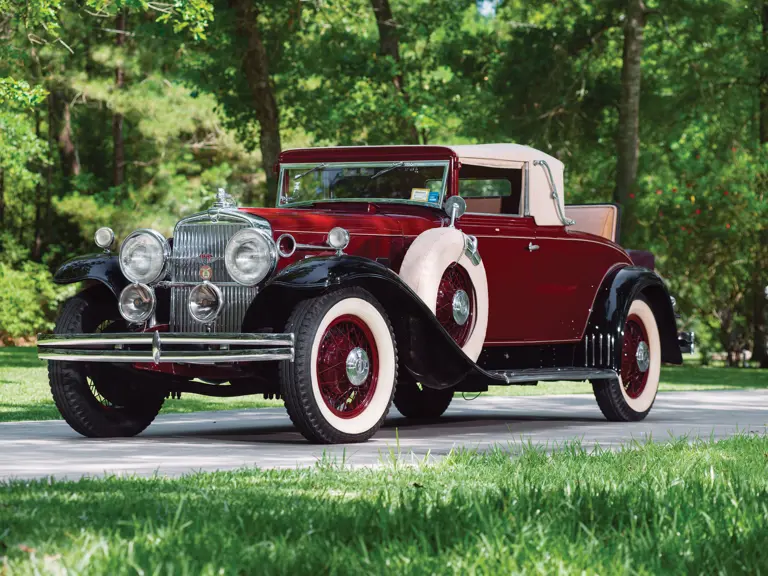

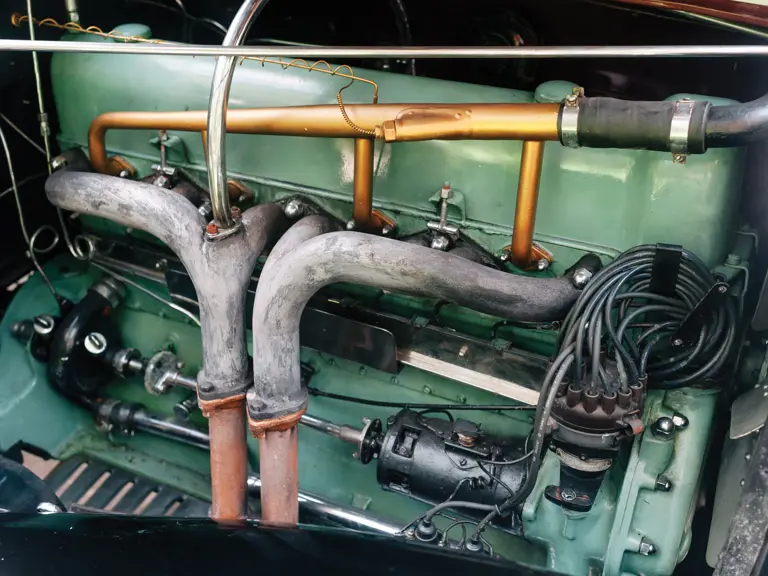

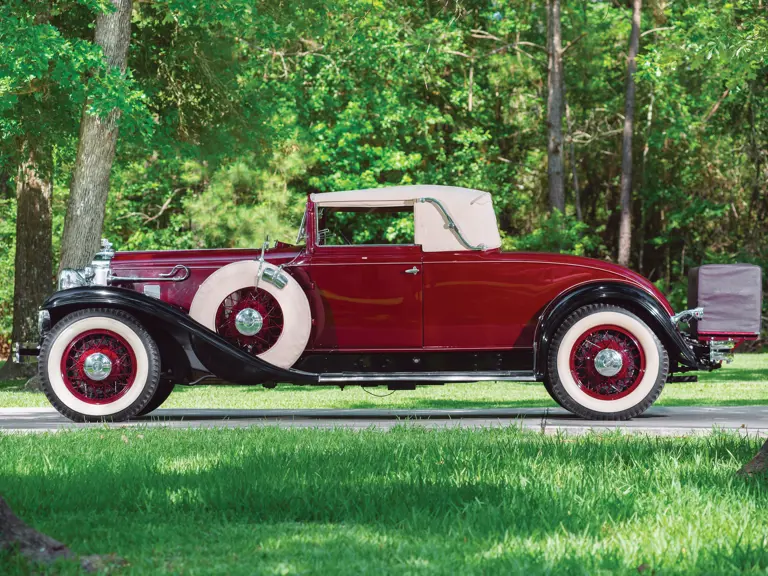

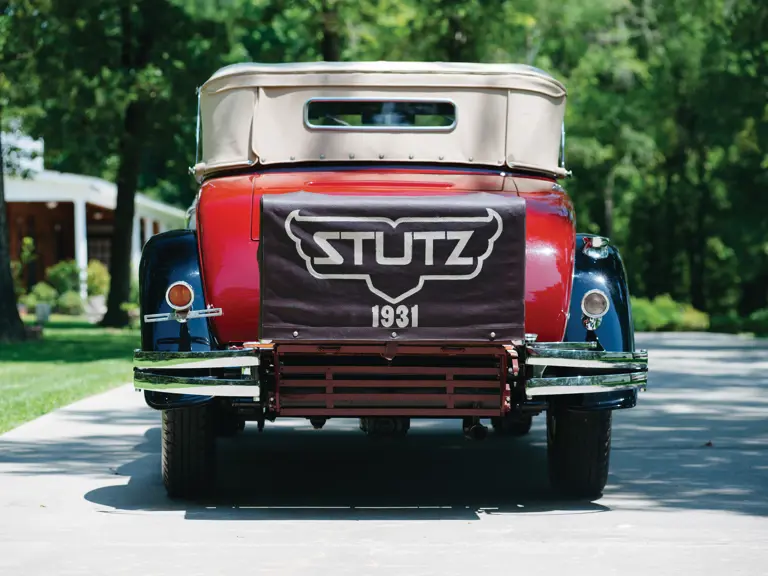

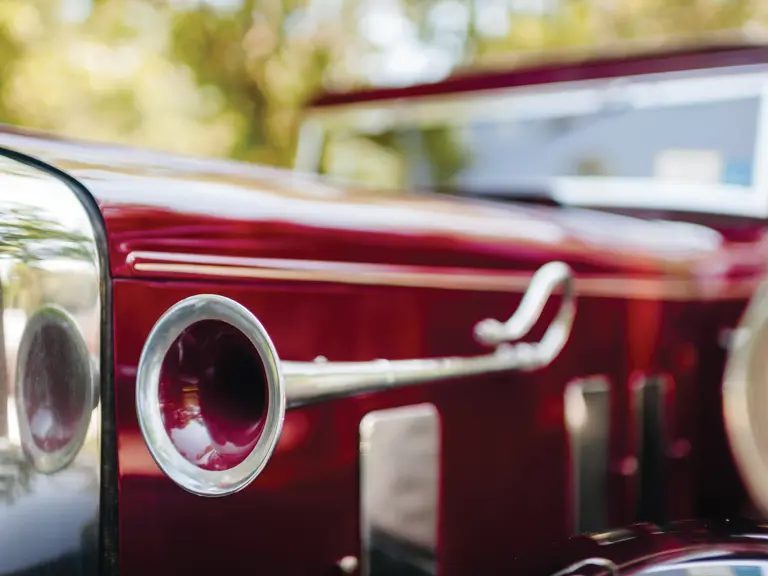
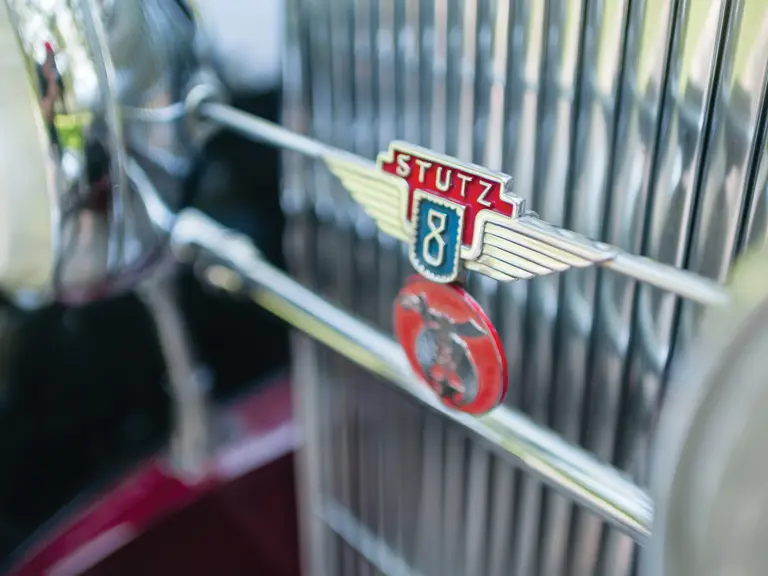
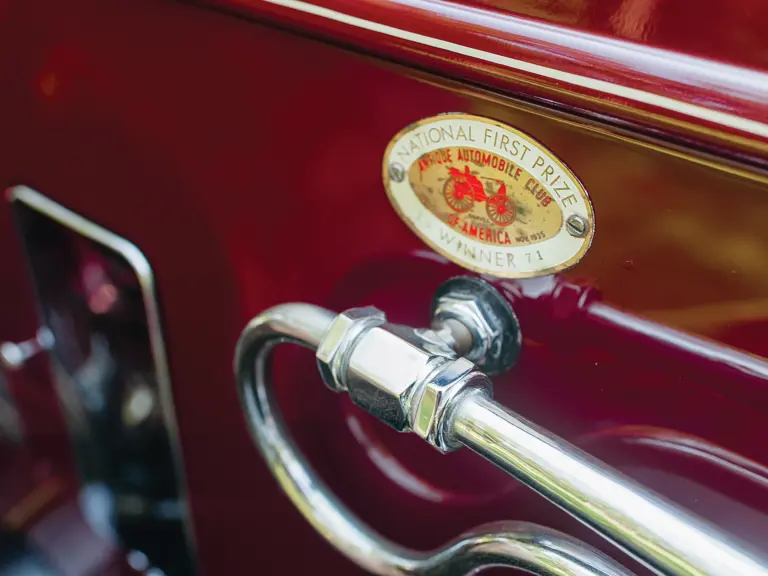
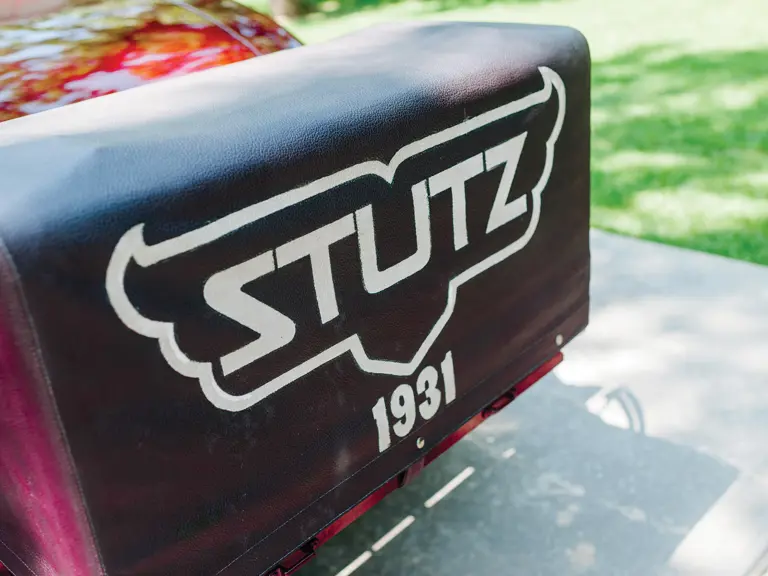
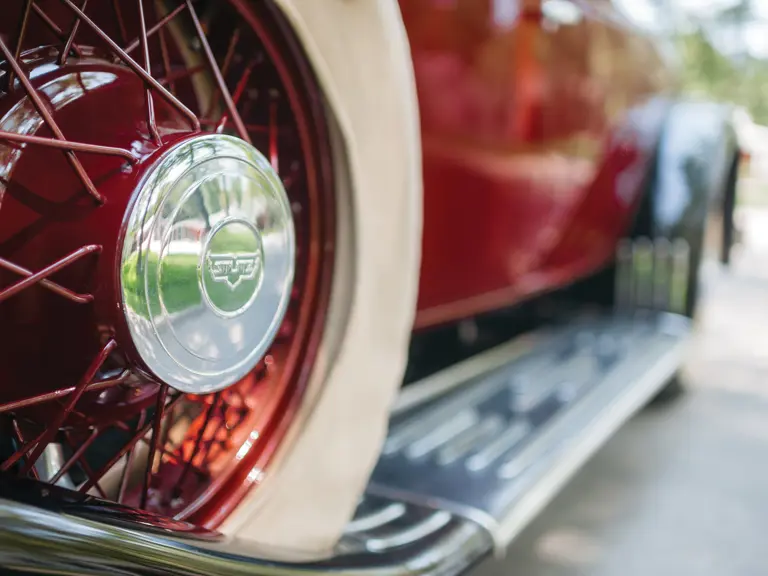

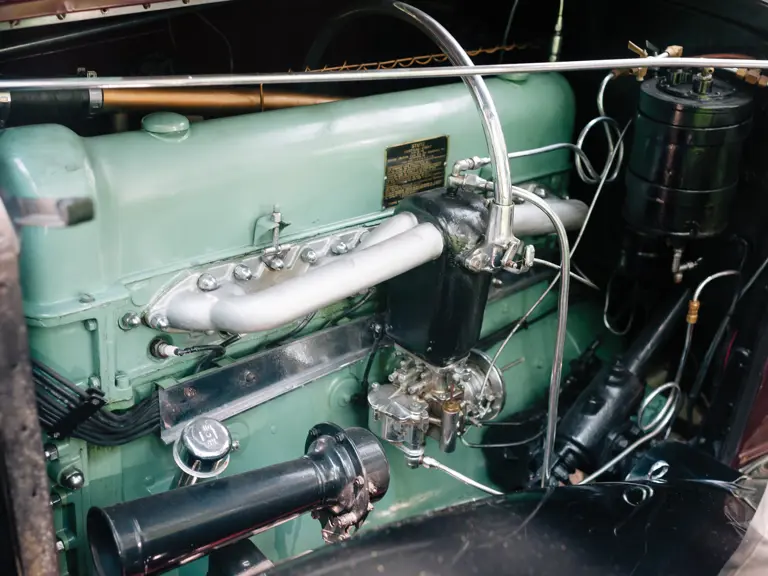
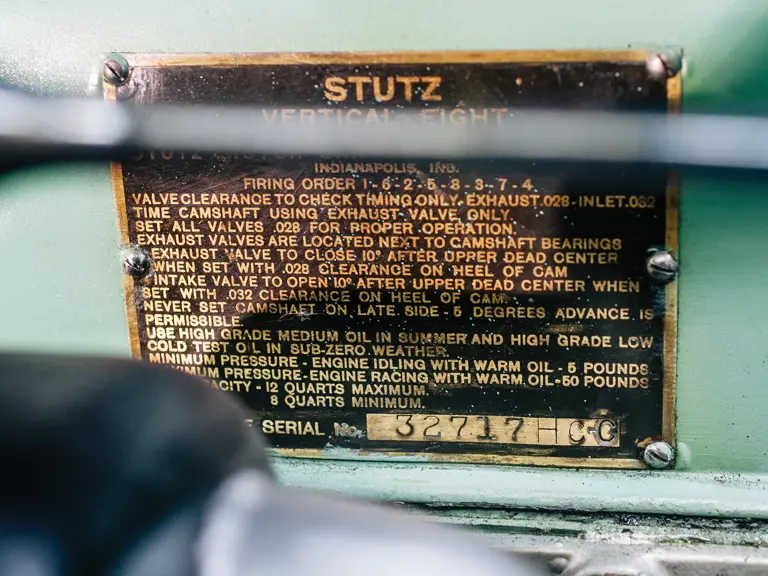




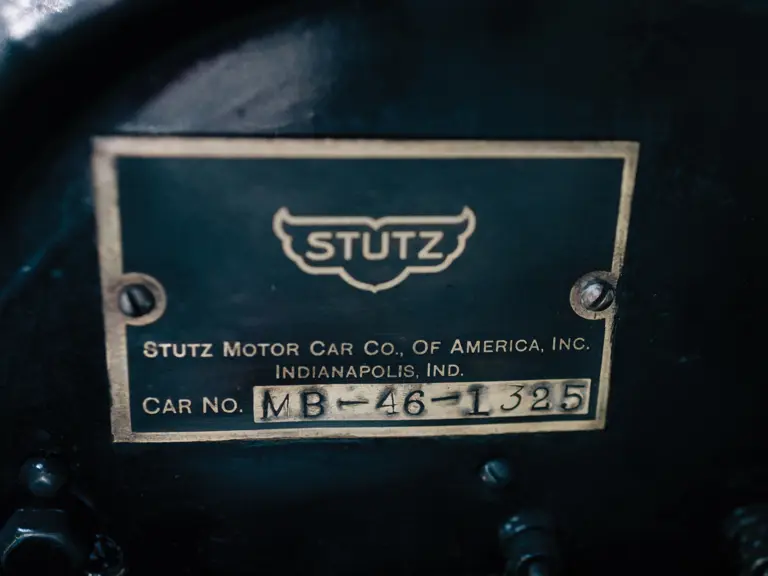
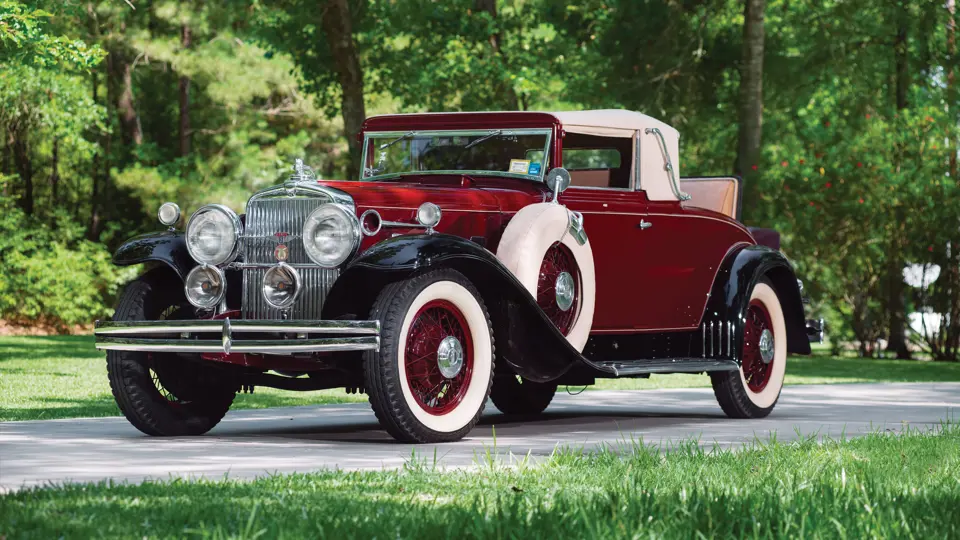
 | Hershey, Pennsylvania
| Hershey, Pennsylvania
